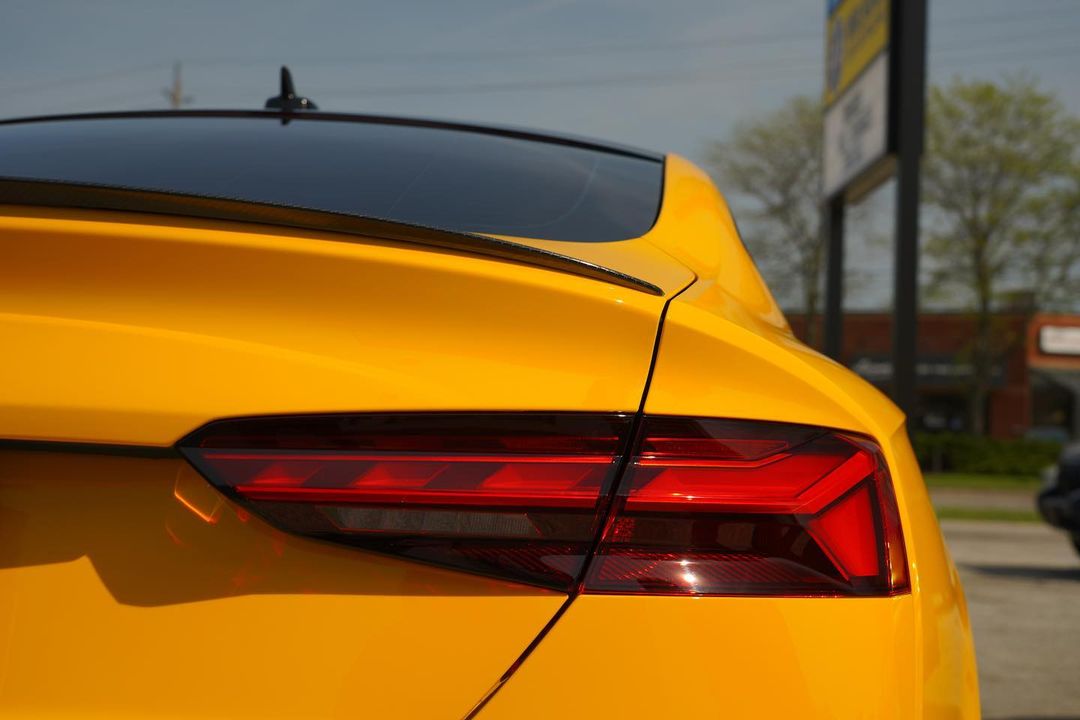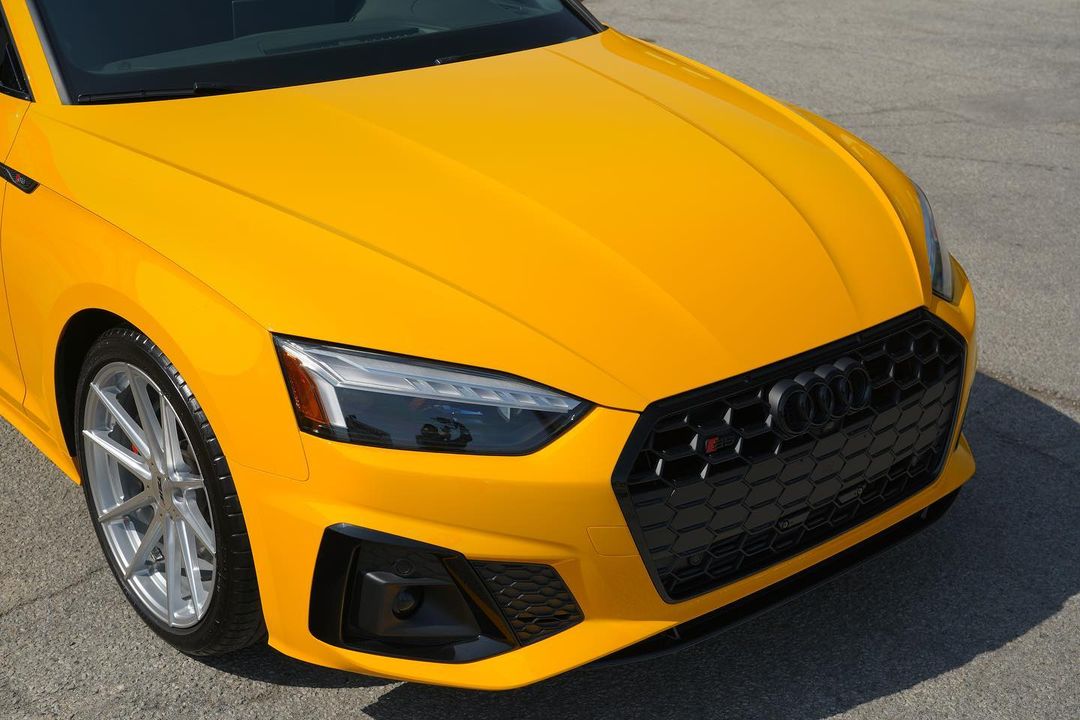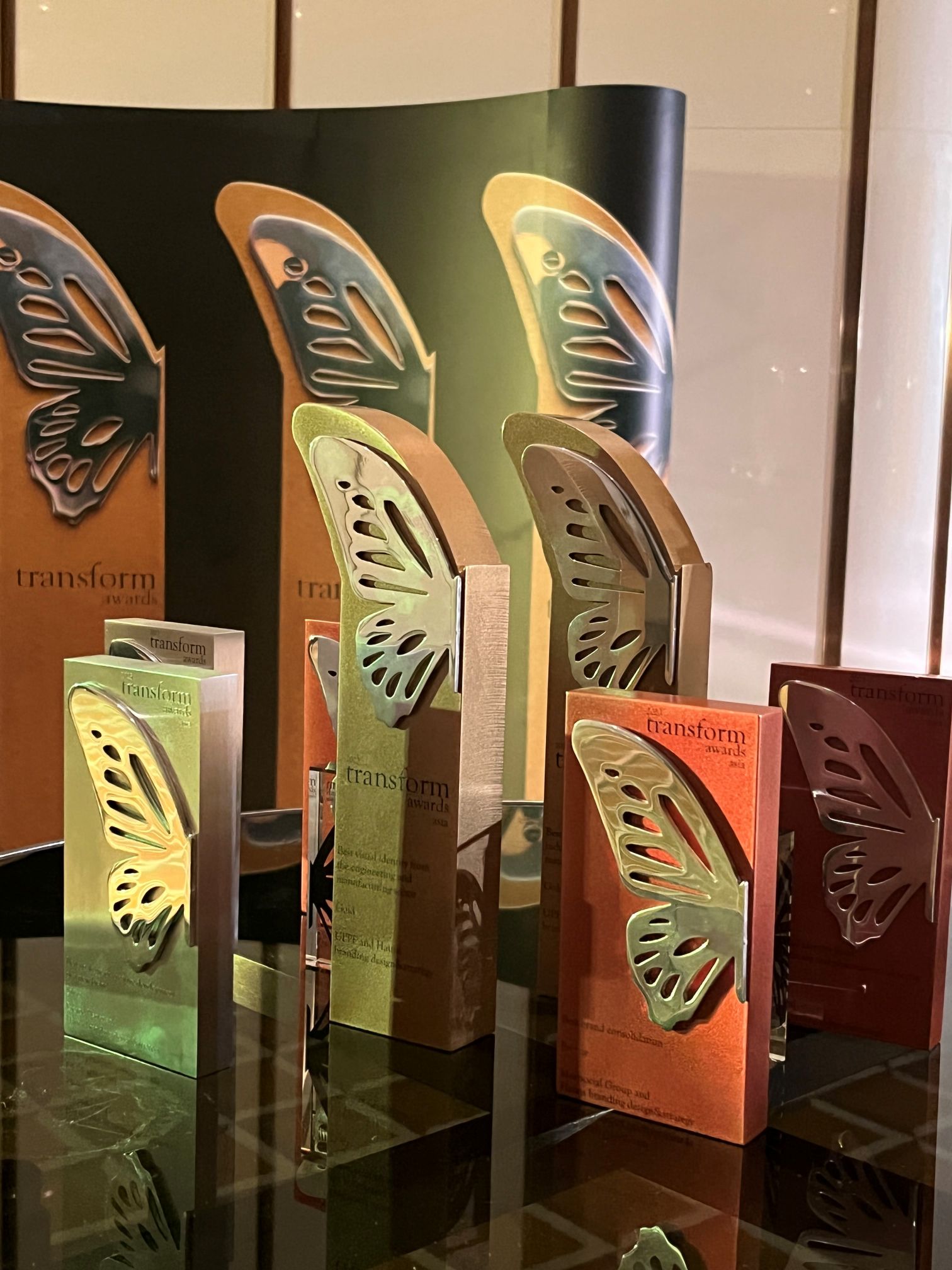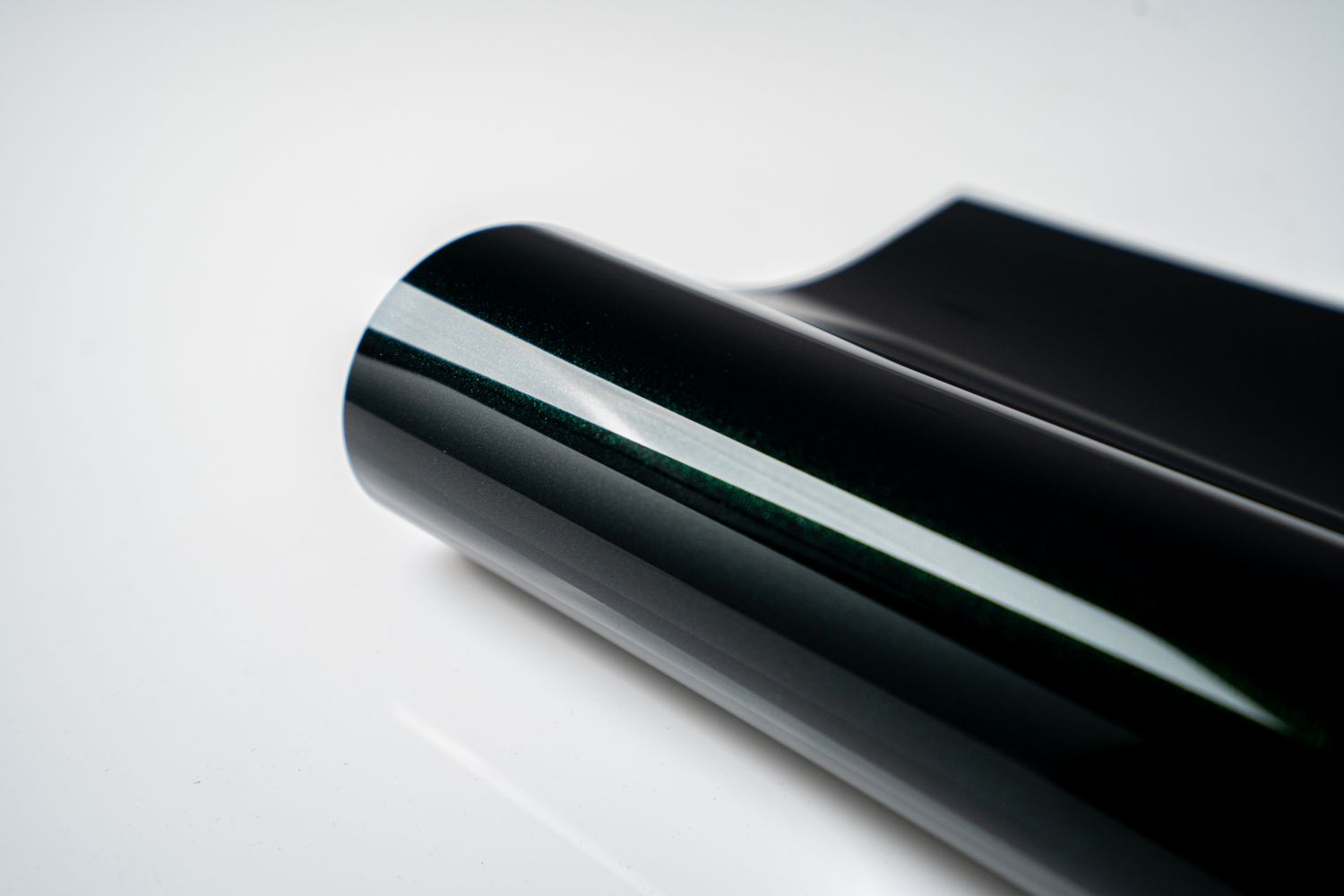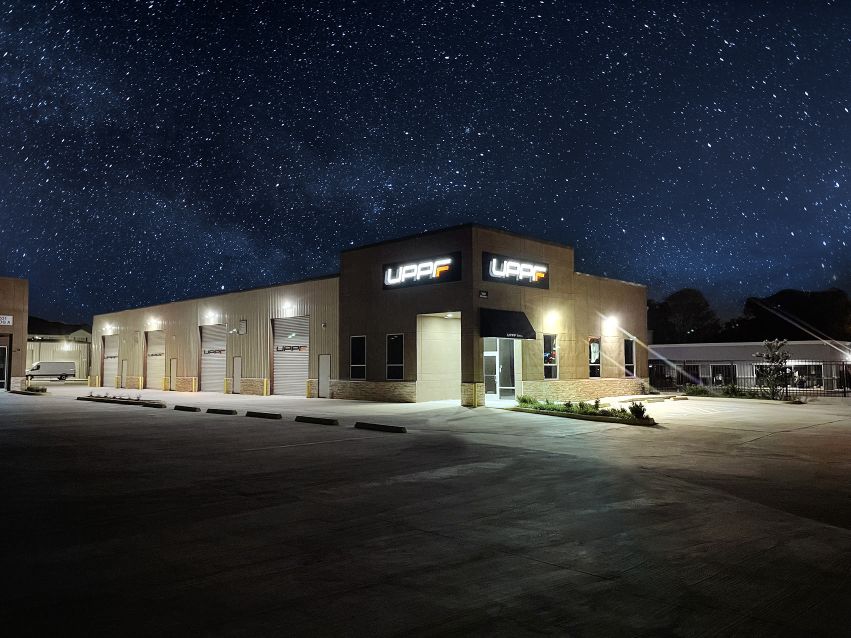Today, UPPF shares with you the removal of deep spots on the car paint protection film. If the spots have penetrated into the deep layer of the coating, or serious mildew and rust appear, the spots should be completely removed first, and then repaired.
① Cleaning. Clean the spots and their surroundings with water first, and then with solvent.
② Thin edge. With the spot as the center, the surrounding paint film is processed into a smooth transition state from thin to thick. The paint film in the transition part is called thin edge.
③ Derusting. If the part exposed to the metal substrate in the center of the spot is rusted, it should be derusted. The rust removal method is:
Grind the rusted area until the metallic luster is revealed;
Use a two-component metal surface conditioner to remove the rust that may be left in the gaps, wash with water, and then use compressed air to dry the surface.
After the spots are completely removed, the bottom layer can be repaired.
④ Brush the primer directly onto the bare metal surface.
⑤ Spray 3~4 intermediate coats.
⑥ After the intermediate coating is dry, sand it.
⑦ Processing of intermediate coat and adjacent original top coat.
⑧ Test spraying. Temporarily set all the adjustable parameters on the spray gun to the middle position, and spray a few coats on the sample first. In order to compare with the color of the original car finish, the sample should be sprayed in a fully covered manner, and there should be a proper gap between layers. Flash-off time. If you find that the color is wrong, you should adjust the color until you are satisfied.
⑨ Spraying. Spray the 1st top coat on the surface of the intermediate coat. The edge finishing method is used at the beginning and end of each shot, and then the anti-fog ring paint is sprayed on the edge of the spot. Spray the 2nd coat in the same way, each coat a little wider than the previous coat; until full coverage. After spraying, dry at normal temperature for at least 1 hour. Then spray a third coat of varnish over the entire repaired area, and finally spray the edges of the varnish with anti-fogging agent.
⑩ Dry. Use natural drying or drying to dry the paint film. Let it dry naturally for a full day, preferably a week. For drying, bake at 80°C for 30 minutes.
The following aspects should be paid attention to during the whole construction process.
① Pay attention to the use of the spray gun. Check and adjust the spray gun carefully before spraying. If you are spraying metallic flash paint, adjust the pressure on the spray gun to about 0.2MPa. Every time a primer is sprayed, the pressure is increased by 0.035MPa until the color meets the standard.
② Pay attention to the edge construction. The color paint is sprayed by the edge finishing process, and the edge is touched up once every time the color paint is sprayed.
③ Pay attention to the construction of metal flash base paint, do not spray anti-fog roll paint on the newly sprayed metal flash base paint, and do not rush to spray varnish.
Pay attention to drying. For each spray application, a certain amount of flash-drying time must be allowed. If quick drying is required after all the spraying is completed, the flash-drying time must be allowed, at least 30 minutes, and the polishing and waxing treatment can only be carried out after it is completely dry.
UPPF will provide our customers with objective advice on the size of the PPF installation and a considerate and thoughtful services. You are guaranteed to get exactly what you need.


